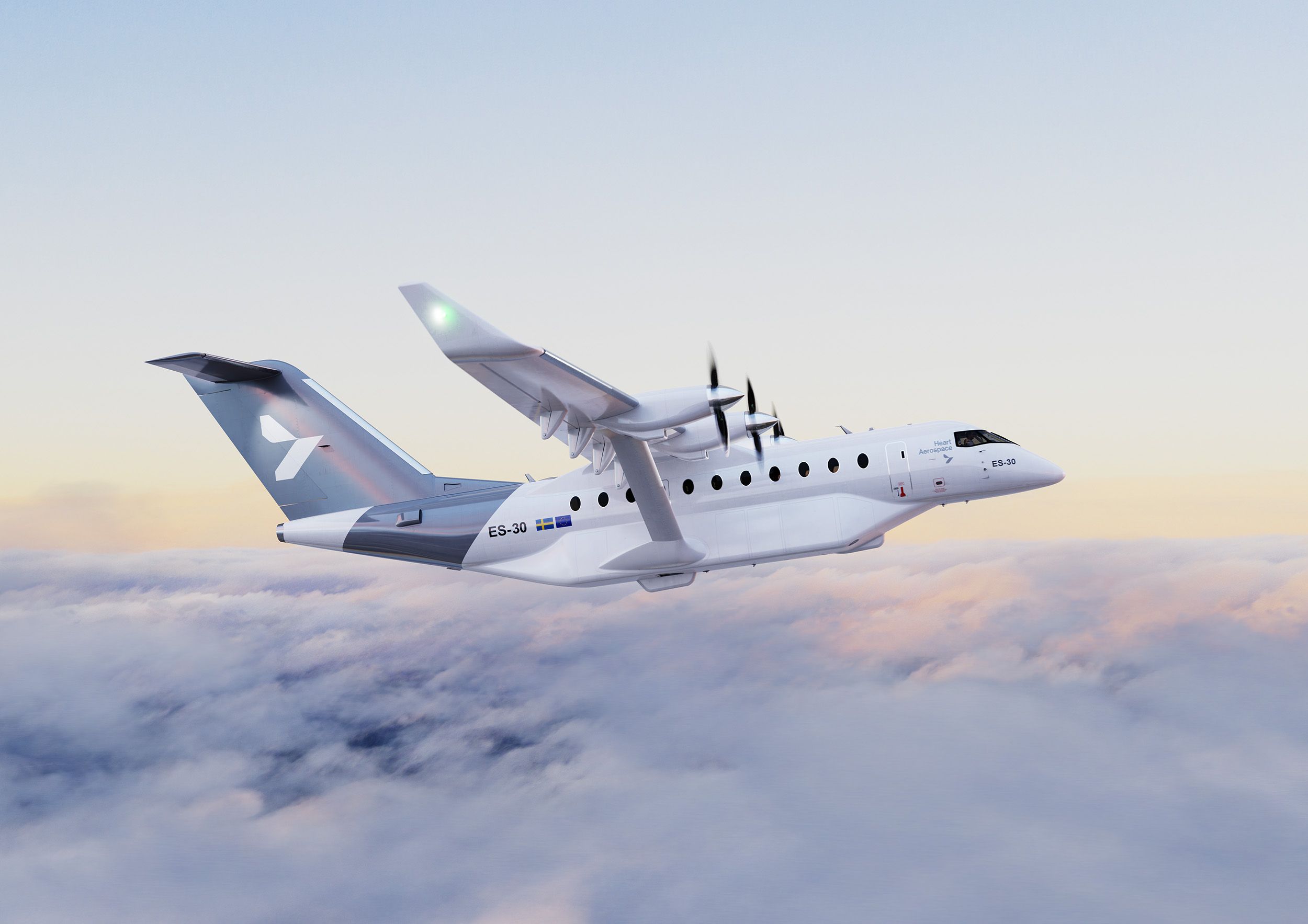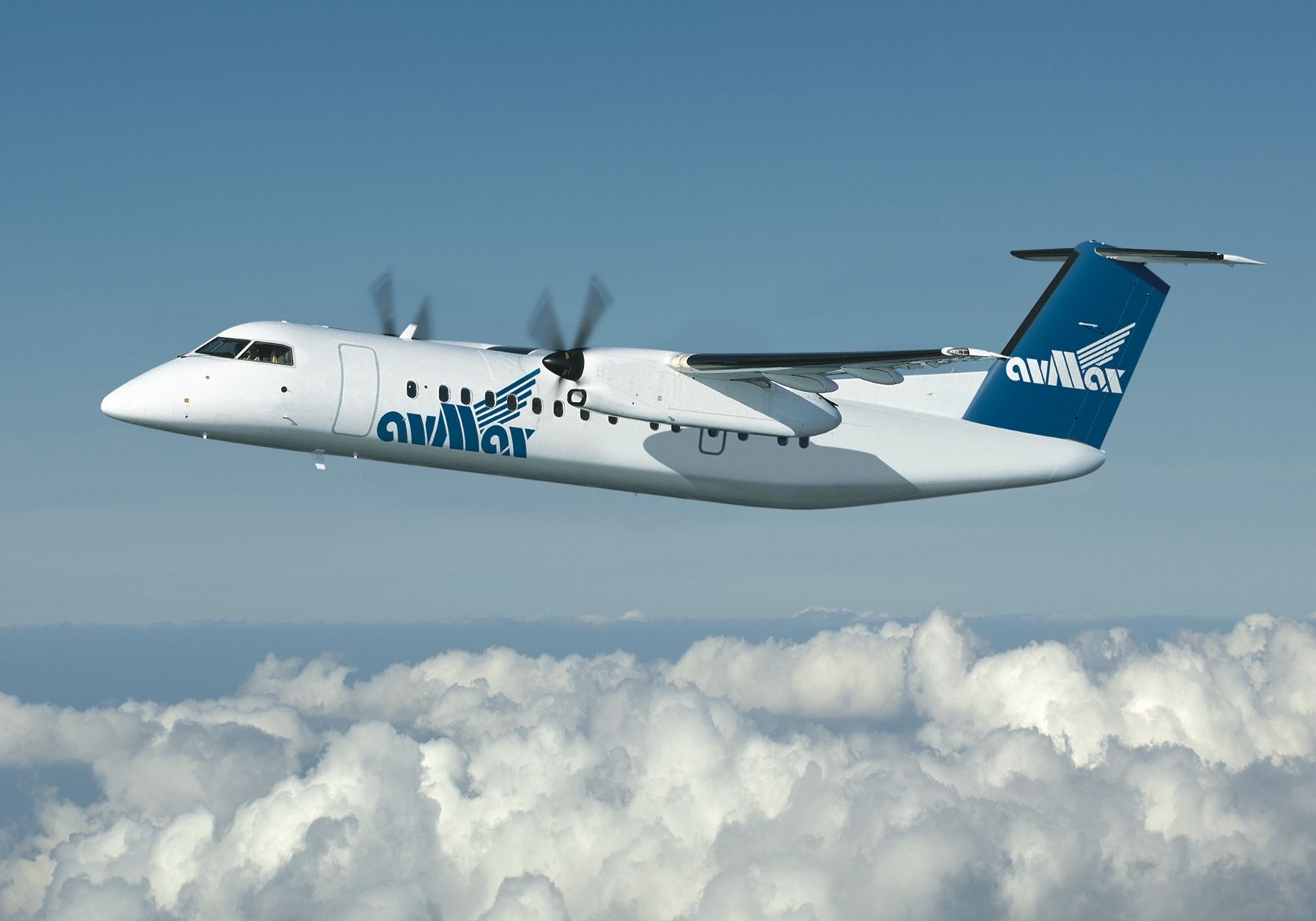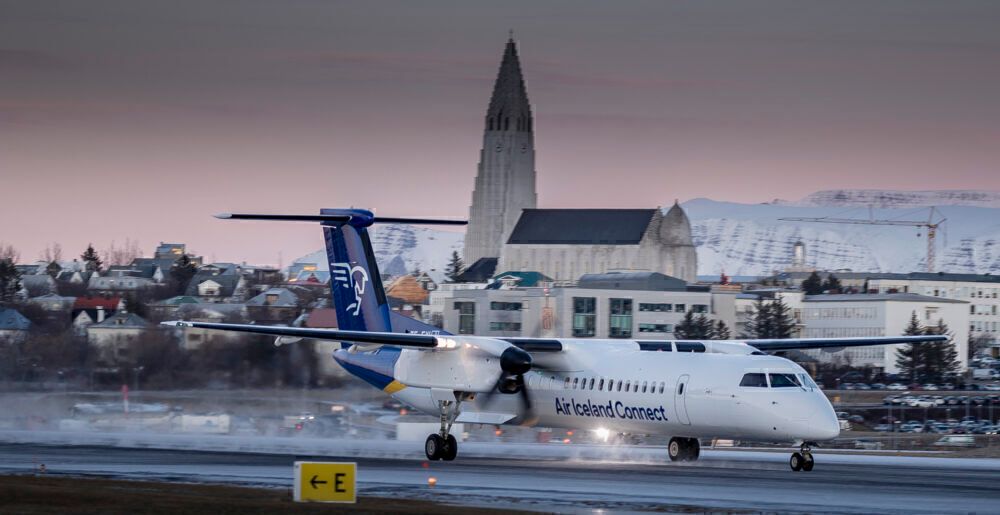All the sustainability talk has 2050 as the target date for net zero emissions commercial flights. Not willing to wait for 28 years, Icelandair has blown that out of the water by announcing plans to operate all domestic flights carbon-free by the end of this decade.
Here's some real action on net-zero
As reported yesterday by London's Financial Times (FT), Icelandair's CEO Bogi Nils Bogason said the airline plans to take advantage of Iceland's plentiful and cheap renewable energy to fuel domestic flights, either by battery or hydrogen fuel-cell technologies. Bogason told FT:
"We're focusing on having our domestic operations carbon-free by the end of this decade. We believe it's realistic that this will happen within a few years, and we'll be the first airline, or the first country, to have carbon-free domestic aviation."
The airline plans to use Iceland's clean energy to fuel the aircraft, either by powering batteries or generating hydrogen for use in fuel cells. At this stage, Bogason is not specifying what the technology type will be, saying that it's "realistic we will be operating a carbon-emission free aircraft by the end of the decade, and our plans are for that, whether it will be a hydrogen-powered or partly electric-powered aircraft."
Icelandair operates to three domestic destinations, Egilsstadir, Akureyri, and Ísafjördur, all within one hour of Reykjavik Keflavik Airport (KEF). Unlike its near neighbor, Norway's Widerøe, Icelandair is shunning nine-seater aircraft and has its eye on the Heart Aerospace ES-30.
With current battery technology, the pure electric 30-seater ES-30 has a projected range of 125 miles (200 kilometers), and the hybrid-electric technology extends that to 250 miles (400 km). Heart Aerospace has gathered close to 100 Letters of Intent for the ES-30, including from Icelandair, Braathens Regional Airlines, SAS, and Sounds Air in New Zealand.
Check out all the latest European aviation news here.
Hydrogen or Electric is fine with Bogason
Icelandair has also signed an agreement with Universal Hydrogen, which has said it will convert the airlines existing Dash 8-200s to hydrogen power. That proposal is even more ambitious, as it wants to start decarbonizing Icelandair's domestic operations "starting as early as 2026."
According to ch-aviation.com, Icelandair has a fleet of 45, mostly jet, aircraft. It does have three De Havilland DHC-8-Q200s that seat 37 passengers and two DHC-8-Q400s with 76 seats. The bulk of the flying is done by ten Boeing 737 MAX 8s and four MAX 9s, supported by a mix of Boeing 757 and 767 passenger and freighter aircraft.
Icelandair has a relatively old fleet, and despite having 14 MAXs at around three years, the average age of its fleet is 21.5 years. The average age of the Dash 8s is about 24 years, while the 18 757-200s are approaching 26 years, so adding some new generation aircraft would also help to bring emissions down.
A significant natural advantage that Icelandair has is the abundant supply of cheap, carbon-free electricity generated from Iceland's geothermal energy sources. This access to carbon-free, renewable energy means the country can produce green hydrogen, giving Icelandair a head start on the road to net zero hydrogen-powered operations.
It is refreshing to see an airline and its leader come out with some definitive short-term targets and, in effect, "nail its colors to the (sustainability) mast." Icelandair is shining a light on what can be done and is prepared to start where it can rather than wait for 2050 to roll around.
What do you think of Icelandair's goal for carbon-free domestic flights by 2030?
Source: Financial Times




.jpg)